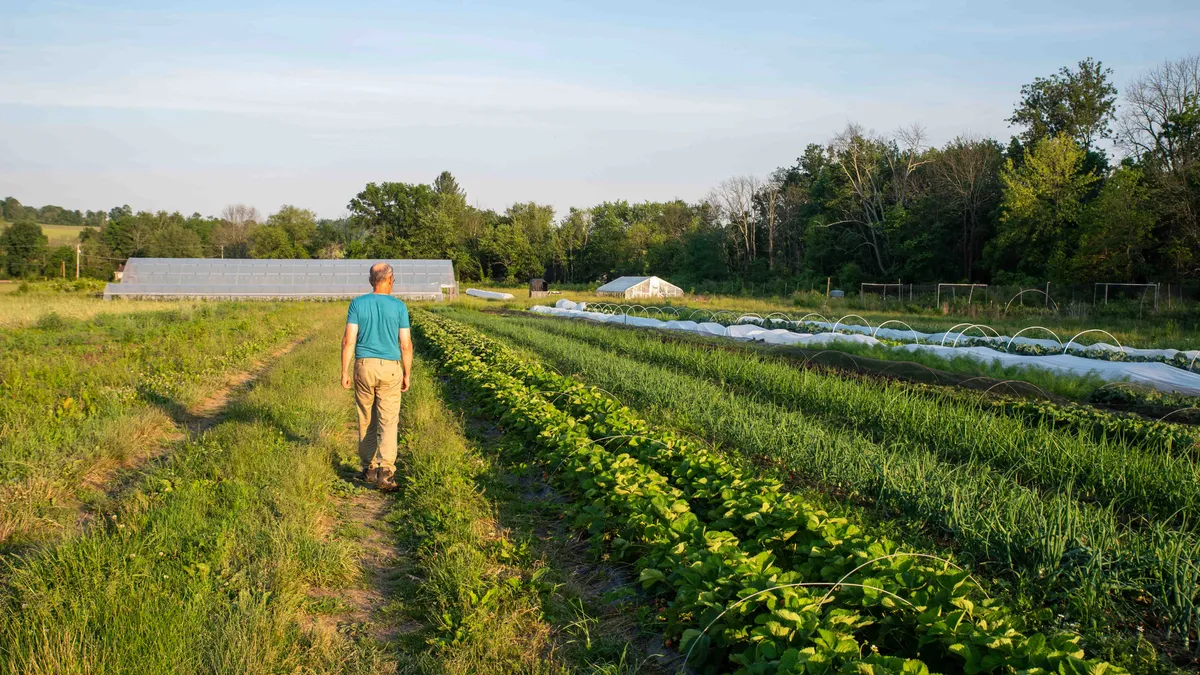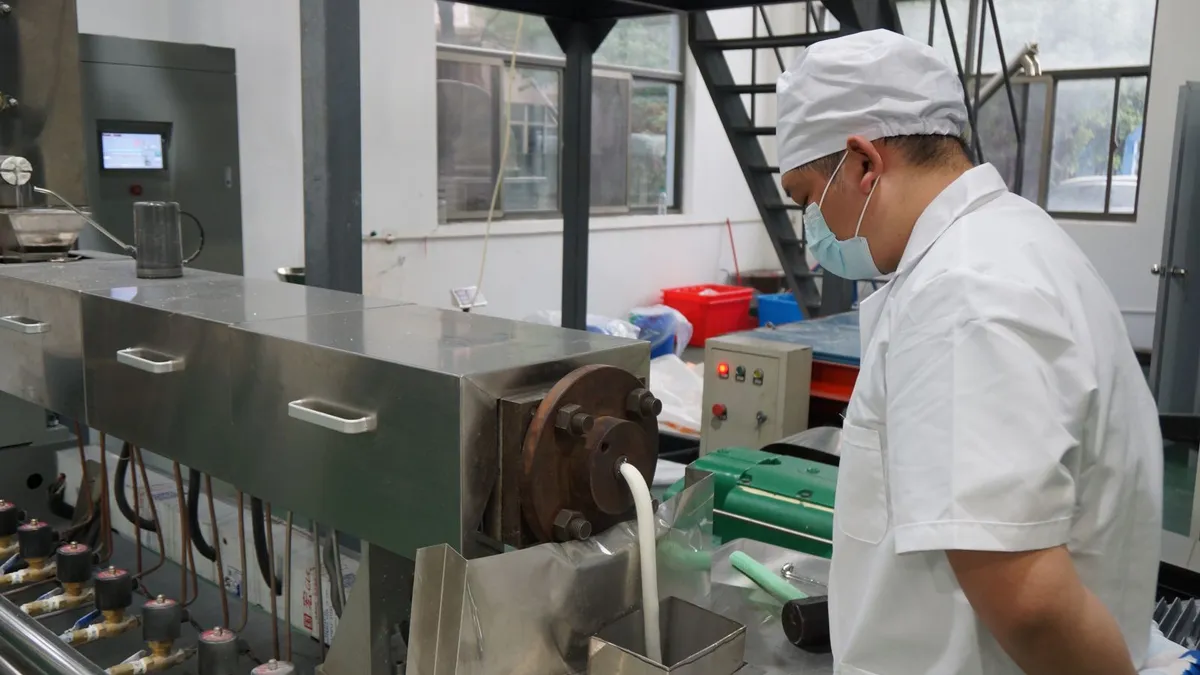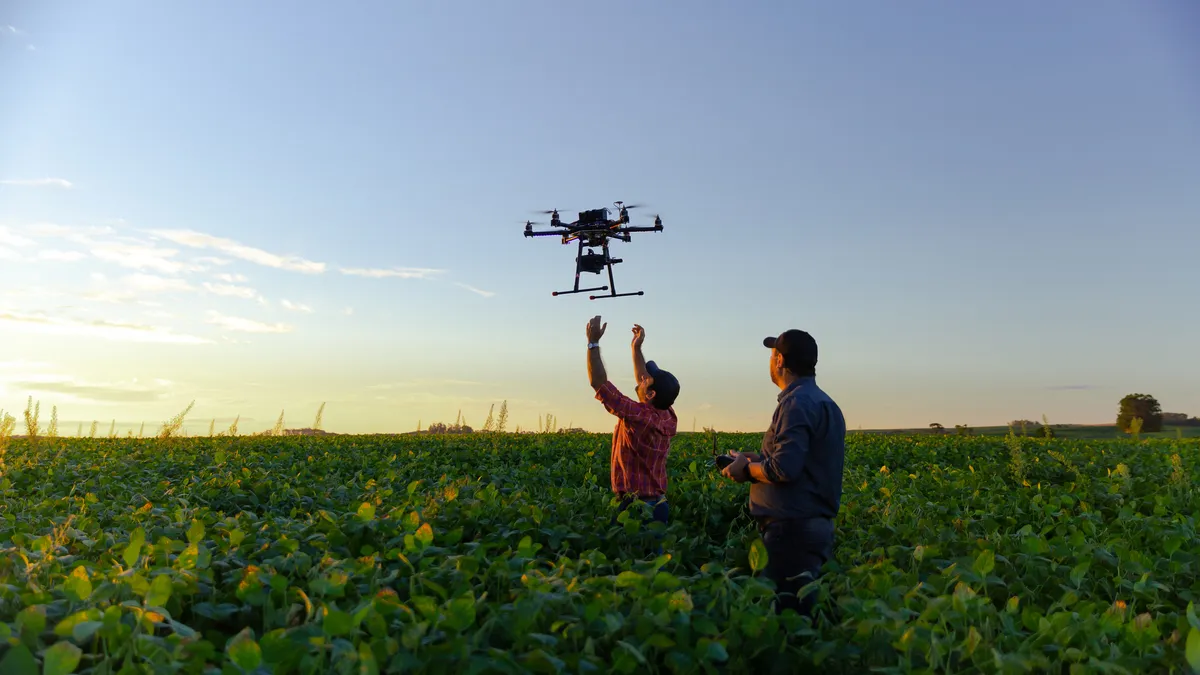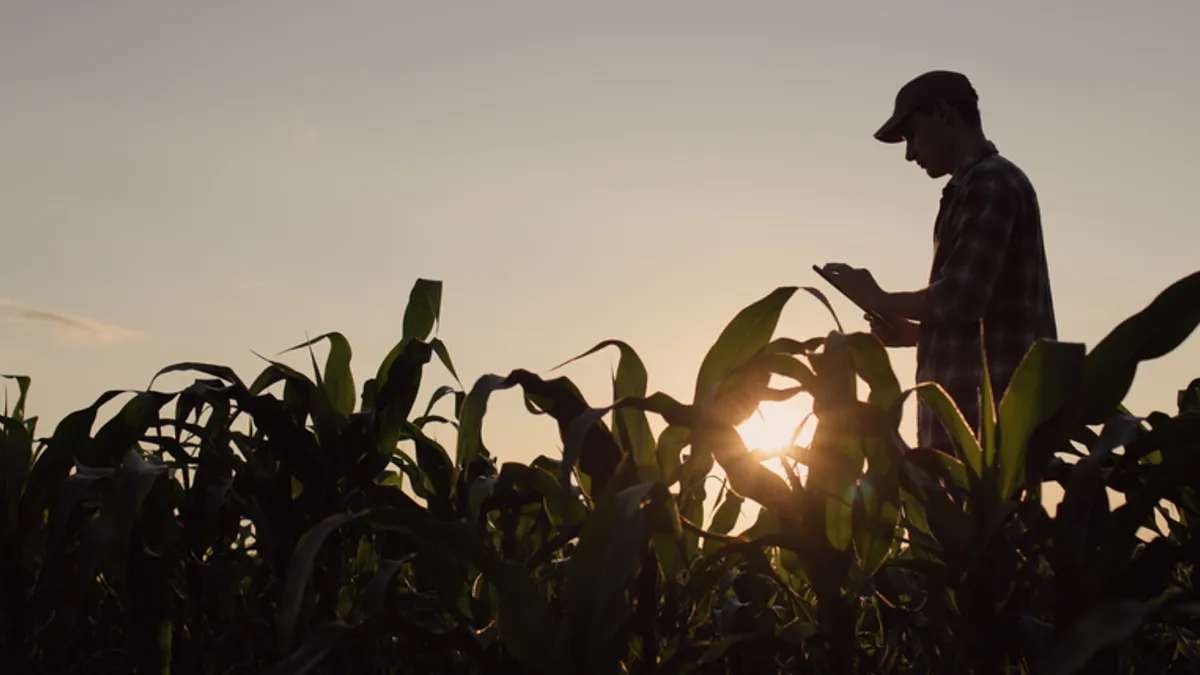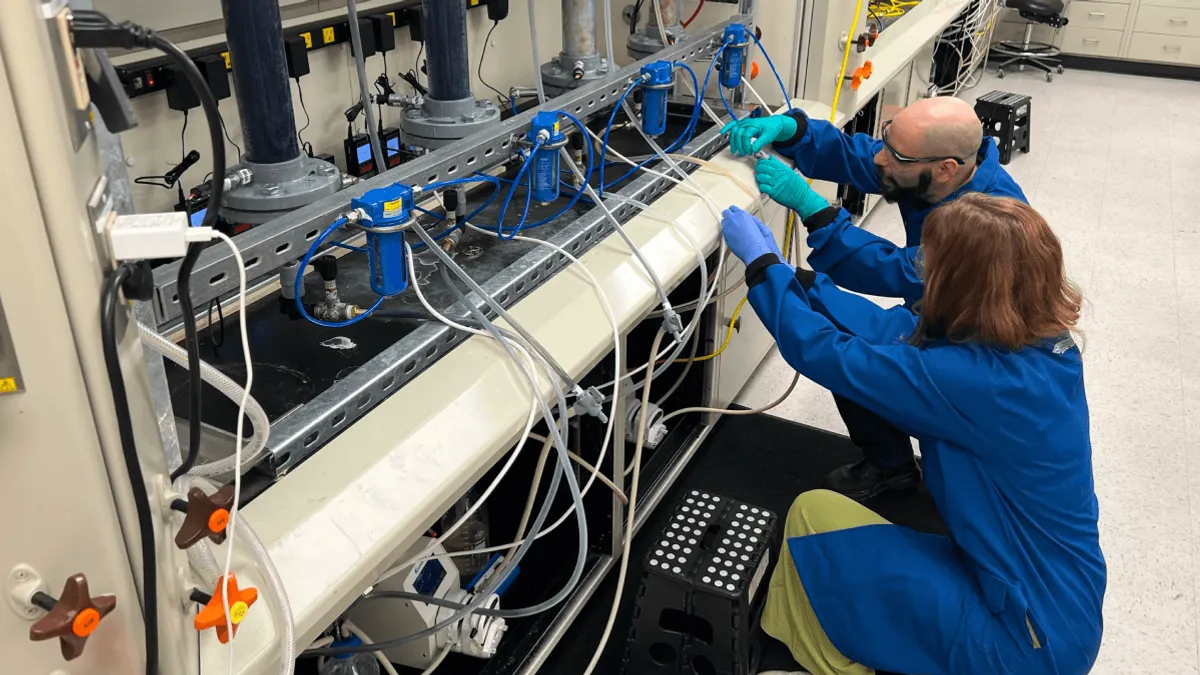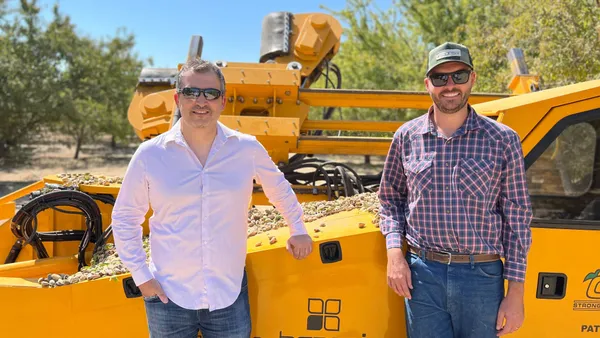Today’s food supply chains stretch around the globe, making them not only complex, but vulnerable to shocks like the pandemic or the war in Ukraine. In the wake of such events that have put a spotlight on supply chain resiliency, how can states strengthen their local food production systems?
New research published this summer by the New England Food System Planners Partnership — a collaboration of six state-level organizations representing Connecticut, Maine, Massachusetts, New Hampshire, Rhode Island and Vermont — offers a possible answer. The authors set a lofty goal for the region to produce and consume 30% of its own food supply by 2030, then modeled how key industries and supply chains would need to change to meet that target.
While the feasibility of the goal is mixed, the report found that New England could significantly ramp up local food production by maximizing the use of agricultural land and fisheries, supporting job growth among farm workers and investing in regional distribution channels that connect small-scale farmers to a range of retail fronts.
“New Englanders more and more are saying, ‘We want local and regional products. We want them to be in our stores, where we don’t have to think about it,’” said Ellen Kahler, executive director of the Vermont Sustainable Jobs Fund and project manager for the report.
The idea of a self-reliant food production system is not entirely new in the region. In 2014, Food Solutions New England, a broader network of food system stakeholders, released a report proposing 50% regional self-reliance by 2060.
At the time, growing concern about climate change and market consolidation encouraged a renewed investment in local farmers. In the wake of COVID-19 and the invasion of Ukraine, both of which exposed deep supply chain vulnerabilities, Kahler and her colleagues sought a more immediate timeline to inspire immediate action.
Whether this timeline is achievable depends on a number of variables, including local consumer diets and strategic land use. By increasing crop yields and intensifying existing farmland use, New England could theoretically produce 27% of estimated servings in the five major food groups — fruit, vegetables, grains, dairy and protein — by 2030, based on current diet patterns.
New England meets nearly half its own dairy needs, but lags in other categories
With no changes in agricultural production, the results may be closer to researchers’ baseline scenario, which achieves only 18.3% of estimated demand. Using calories rather than servings, this number drops to just 13.4%, because New England imports nearly all of its grains, fats and sweeteners, which are highly caloric foods.
This dependency underscores the lopsided nature of current production. New England currently achieves high levels of self-reliance in dairy products (producing 45% of its demand) and vegetables (32%), though the latter is primarily comprised of potatoes. To reach self-reliance, states will need to grow more fruits, grains and vitamin-rich vegetables. Researchers estimate 290,000 additional acres of land would need to be cleared to reach the interim goal and up to 590,000 acres if adjusted for healthier diets.
For Mary Camire, professor of food science and human nutrition at the University of Maine, securing this land is one of the greatest roadblocks for meeting the 30% target. In Maine, the price of farmland jumped drastically between 2017 and 2022 due to increased demand.
It’s not just land either. Farmers in Maine struggle to afford expensive equipment, and the in-state population won’t be enough to keep up with expected agricultural production capacity, according to Camire.
“The distribution can work,” Camire said, “But the production side is going to be the challenge.”
“If you're going to get to ’30 by ’30, it won't happen direct to consumer. If we want to shift to an alternative production and processing enterprise, we need to have the right incentives to do it.”
Todd Schmit
Professor of Agribusiness, Cornell University
On the distribution side, the build-out of regional logistics networks is underway, providing an essential link between the agricultural heartland to the north and urban centers in the south.
Kahler points to Rhode Island’s Red Tomato, a food hub that secures contracts with grocery stores and then runs logistics for small to mid-sized local farms, as an example of a specialized distributor, attuned to the unique and seasonal demands of New England. And while competition for shelf space remains, these distributors can close the efficiency gap between local and global suppliers.
Todd Schmit, professor and researcher in agribusiness management at Cornell University, said the new proliferation of food hubs, diversified wholesalers and regional distributors could be described as a second wave in the movement for local food, with farmer’s markets and community-supported agriculture representing the first.
“If you're going to get to ’30 by ’30, it won't happen direct to consumer,” Schmit said. “If we want to shift to an alternative production and processing enterprise, we need to have the right incentives to do it.”
Institutional and public procurement will play an essential role in enabling this shift, Schmit said, by securing demand for local food and getting it in front of customers, especially those might have limited access to farmers markets. School districts, hospitals and other entities can set targets for local procurement, and policymakers can incentivize these targets with state funding. Similar programs recently brought local food to public schools in New Hampshire and Vermont.
Within a month of the publication of New England Food System Planners Partnership’s report, the agricultural divisions of all six states signed a letter endorsing the 30% regional self-reliance goal, which Kahler said was sent directly to her in June.
“It’s a huge lift,” Kahler noted. “Our hope is that by setting this target of 30%, we really do pull everybody together and have this as a shared goal… because no one state’s going to get there.”









